The connection between cities and music runs deeper than mere geography. Every urban landscape has a rhythm, tempo, and cultural resonance that shapes the music born within it. American cities, in particular, have served as both inspiration and incubator for countless musical movements that have changed the cultural landscape forever.
Here is a list of 20 U.S. cities whose musical identities are so powerful, they feel like walking into a soundtrack the moment you arrive.
New Orleans, Louisiana

The birthplace of jazz pulses with musical innovation that dates back generations. Walking through the French Quarter, brass notes drift from doorways and street corners, creating an impromptu symphony that follows you everywhere.
The city’s unique cultural gumbo continues to produce musicians who blend traditions while pushing boundaries in ways impossible anywhere else.
Nashville, Tennessee
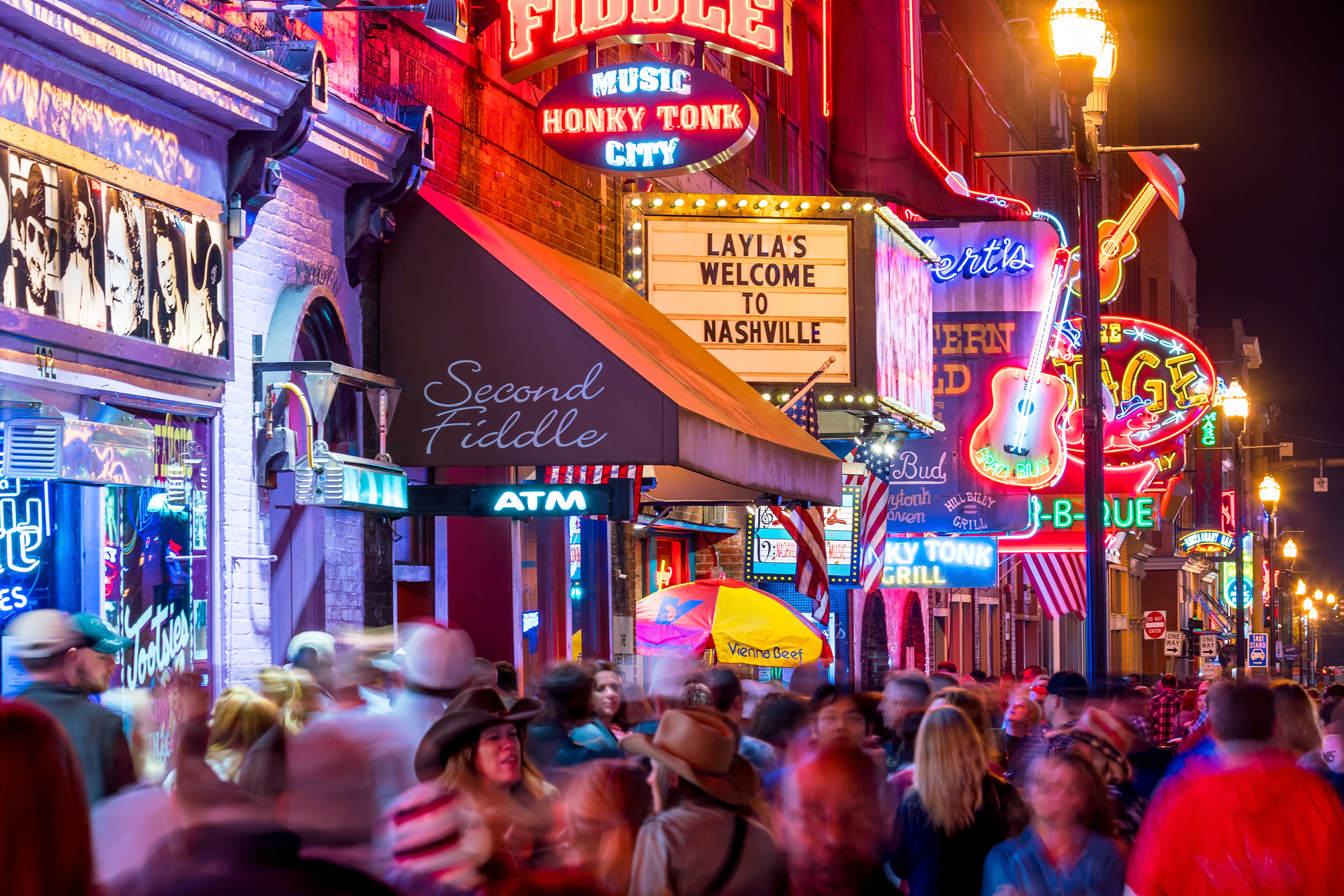
Known as ‘Music City,’ Nashville’s reputation as a songwriter’s paradise extends far beyond country music’s borders. The city houses thousands of working musicians, legendary recording studios like RCA Studio B, and venues ranging from the Grand Ole Opry to tiny writer’s nights where tomorrow’s hits debut for the first time.
Nashville’s sonic footprint has expanded dramatically, now encompassing rock, pop, and indie scenes that thrive alongside traditional country.
Like Travel Pug’s content? Follow us on MSN.
Detroit, Michigan
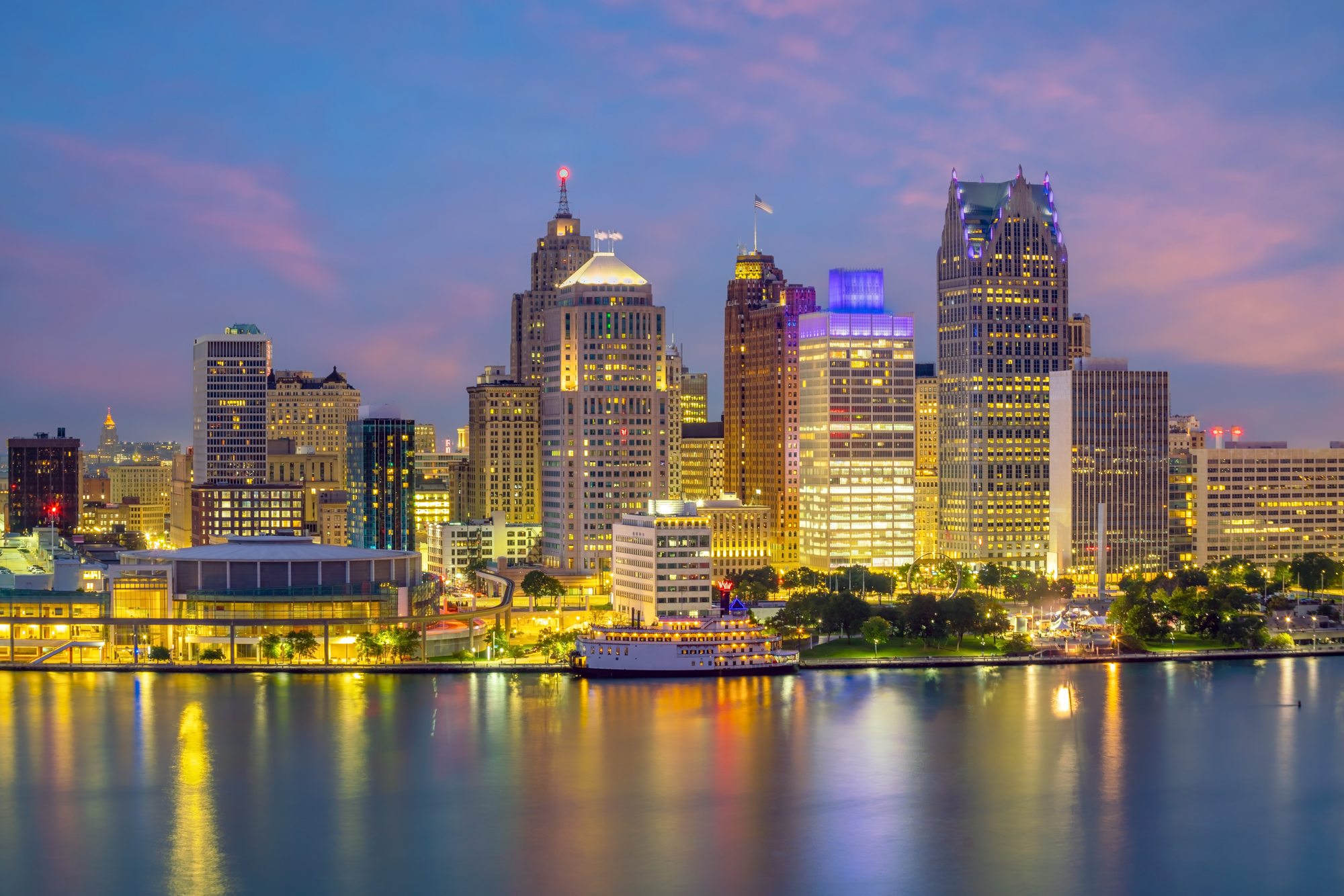
Motown’s hometown revolutionized popular music with a factory-like precision that produced countless classics. Detroit’s industrial backbone influenced everything from the mechanical precision of its rhythm sections to the assembly-line efficiency of its hit-making process.
Beyond Motown, Detroit gave birth to techno music—reflecting the city’s fascination with futurism and machinery. It also nurtured one of America’s most vibrant punk and garage rock communities.
Seattle, Washington
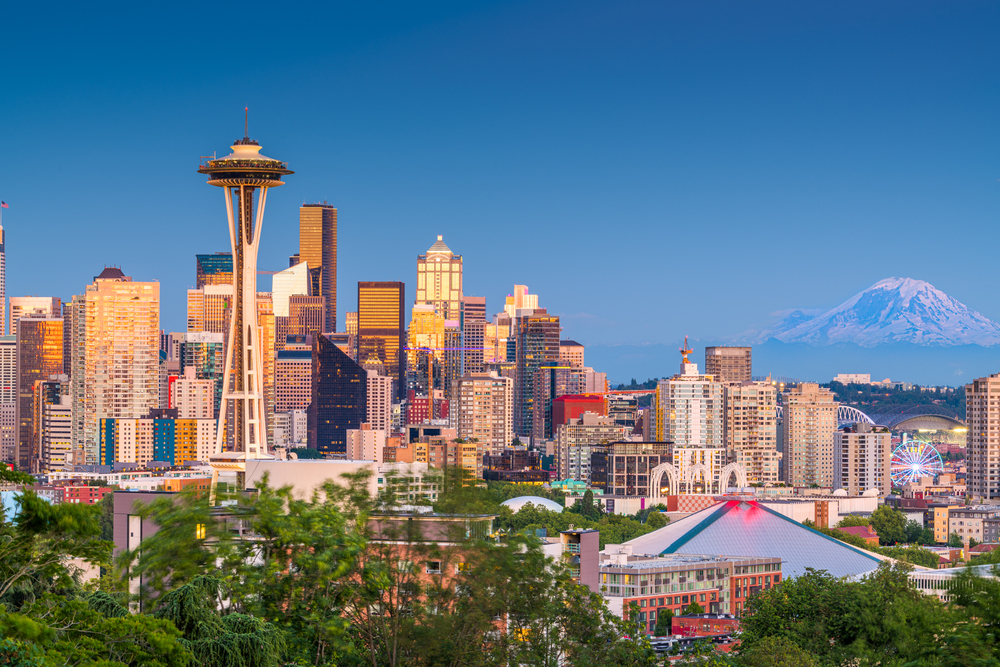
The rainy Pacific Northwest city became synonymous with grunge in the early 1990s, forever changing alternative music. Seattle’s isolated location fostered a unique sound where heavy metal collided with punk ethics and introspective lyrics, creating music as moody as the perpetually gray skies overhead.
Coffee shops and record stores still serve as gathering places for musicians, maintaining the collaborative spirit that produced some of rock’s most enduring anthems.
Memphis, Tennessee

Standing at the crossroads of blues, country, and gospel, Memphis transformed American music when Sun Records captured the raw energy of early rock and roll. The city’s Beale Street remains a living museum where blues pours from doorways just as it did when B.B. King was first making his name.
Memphis’s musical influence extends beyond recordings to a feeling—the gritty authenticity that makes musicians from around the world pilgrimage to its studios hoping to capture that inimitable Memphis sound.
Like Travel Pug’s content? Follow us on MSN.
Austin, Texas
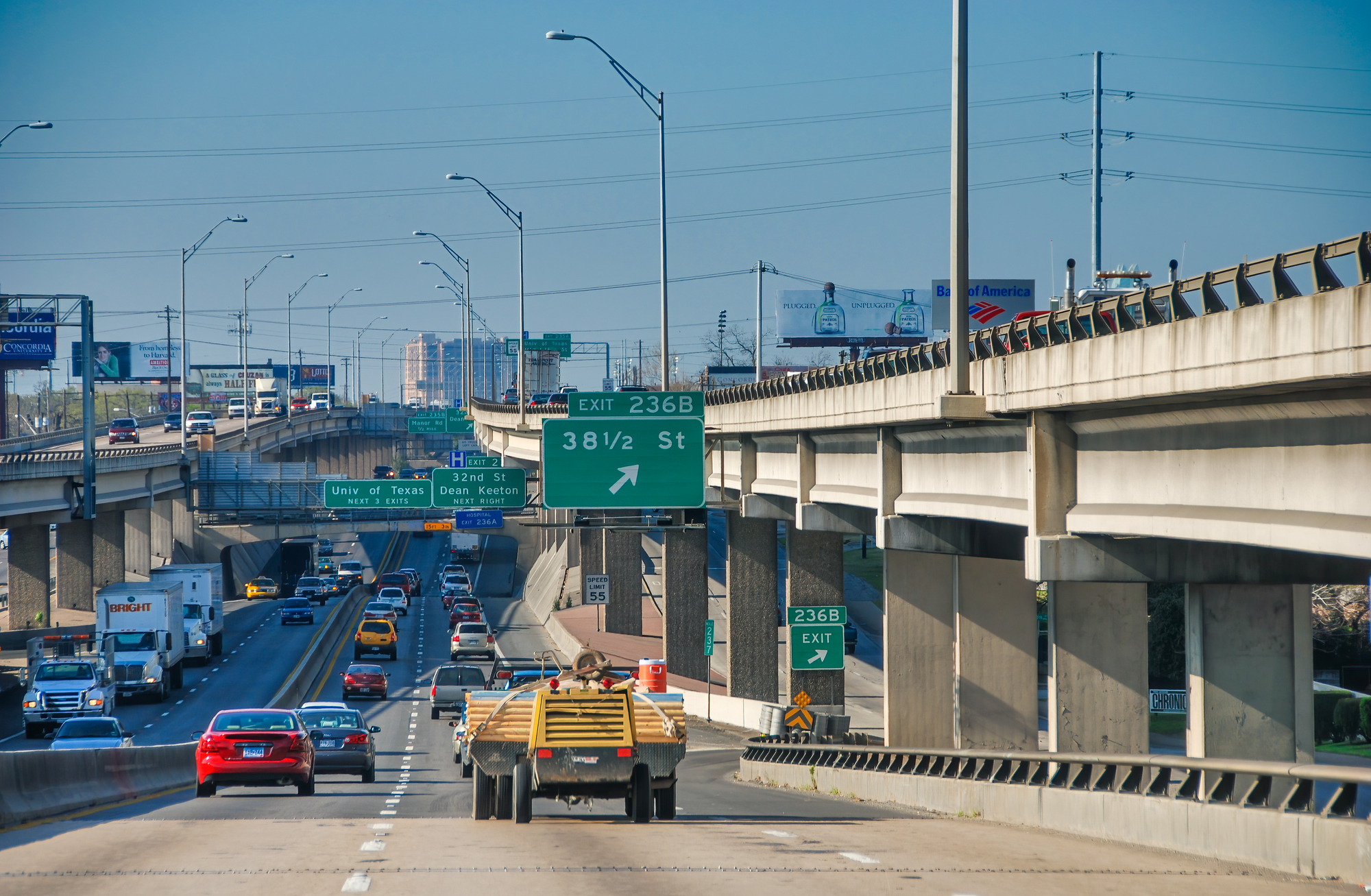
Proclaiming itself the ‘Live Music Capital of the World,’ Austin backs up this bold claim with over 250 music venues and festivals that draw global attention. The city’s independent spirit nurtures musicians who might struggle elsewhere, creating space for experimentation across country, rock, blues, and electronic genres.
Austin’s South by Southwest festival has grown from a small industry showcase to a cultural phenomenon, mirroring the city’s expansion while maintaining its commitment to musical discovery.
Chicago, Illinois

The electrified blues that emerged from Chicago’s South Side transformed the genre and laid the groundwork for rock and roll’s evolution. Chicago’s musical contributions span genres—from the Jazz Age innovations of the 1920s to house music’s birth in the 1980s at clubs like the Warehouse.
The city’s industrial might and multicultural neighborhoods created perfect conditions for musical cross-pollination, resulting in sounds that blend tradition with cutting-edge innovation.
Los Angeles, California
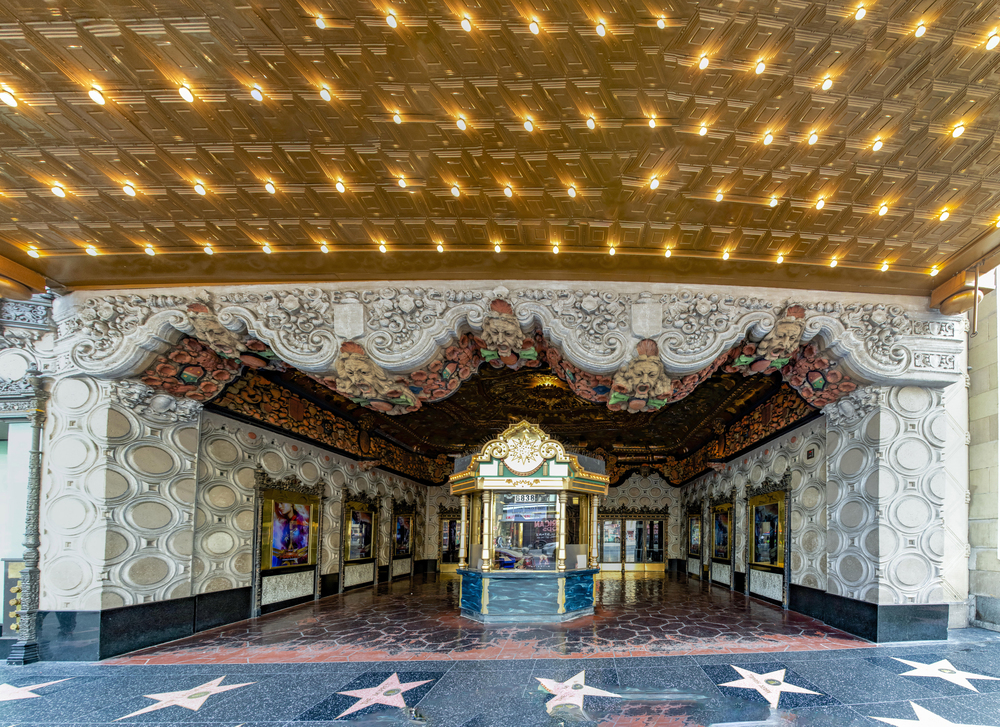
LA’s sprawling nature created distinct musical neighborhoods that birthed everything from surf rock to gangster rap. Studio musicians and songwriters crafted the California Sound of the 1960s, while the Sunset Strip spawned glam metal in the 1980s.
The city’s massive industry presence means music from every corner of America filters through its studios, creating hybrids that often become tomorrow’s mainstream sounds before spreading worldwide.
Like Travel Pug’s content? Follow us on MSN
Minneapolis, Minnesota
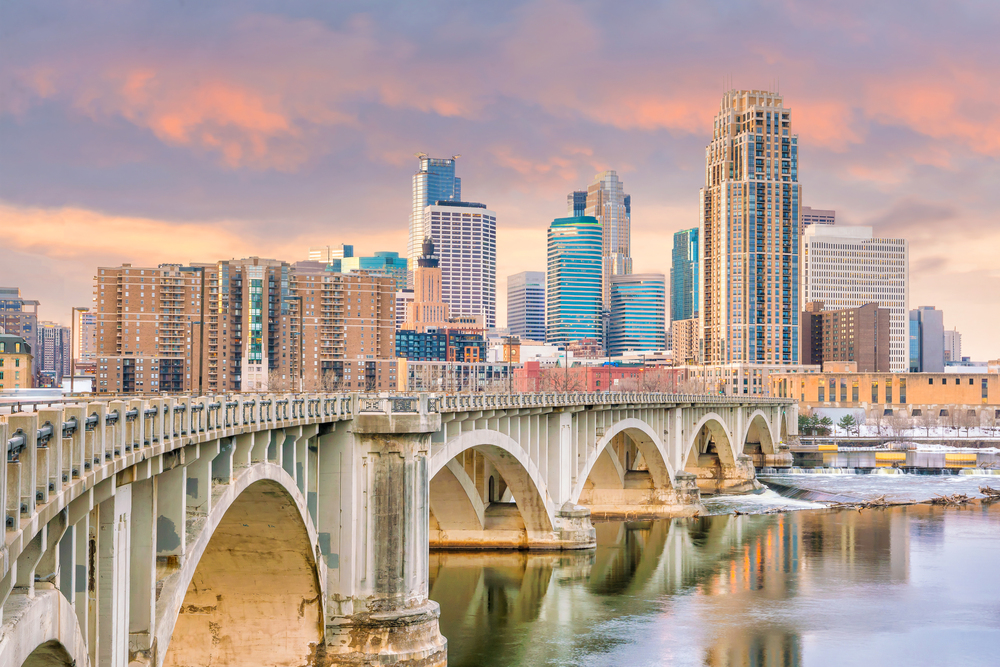
Despite frigid winters, Minneapolis cultivated one of America’s hottest music scenes, anchored by Prince’s groundbreaking fusion of funk, rock, and new wave. The city’s relatively isolated location in the northern Midwest created conditions for musicians to develop unique sounds without immediate pressure to conform to coastal trends.
First Avenue club serves as the scene’s epicenter, hosting thousands of performances and providing a launching pad for local artists before they achieve national recognition.
Philadelphia, Pennsylvania
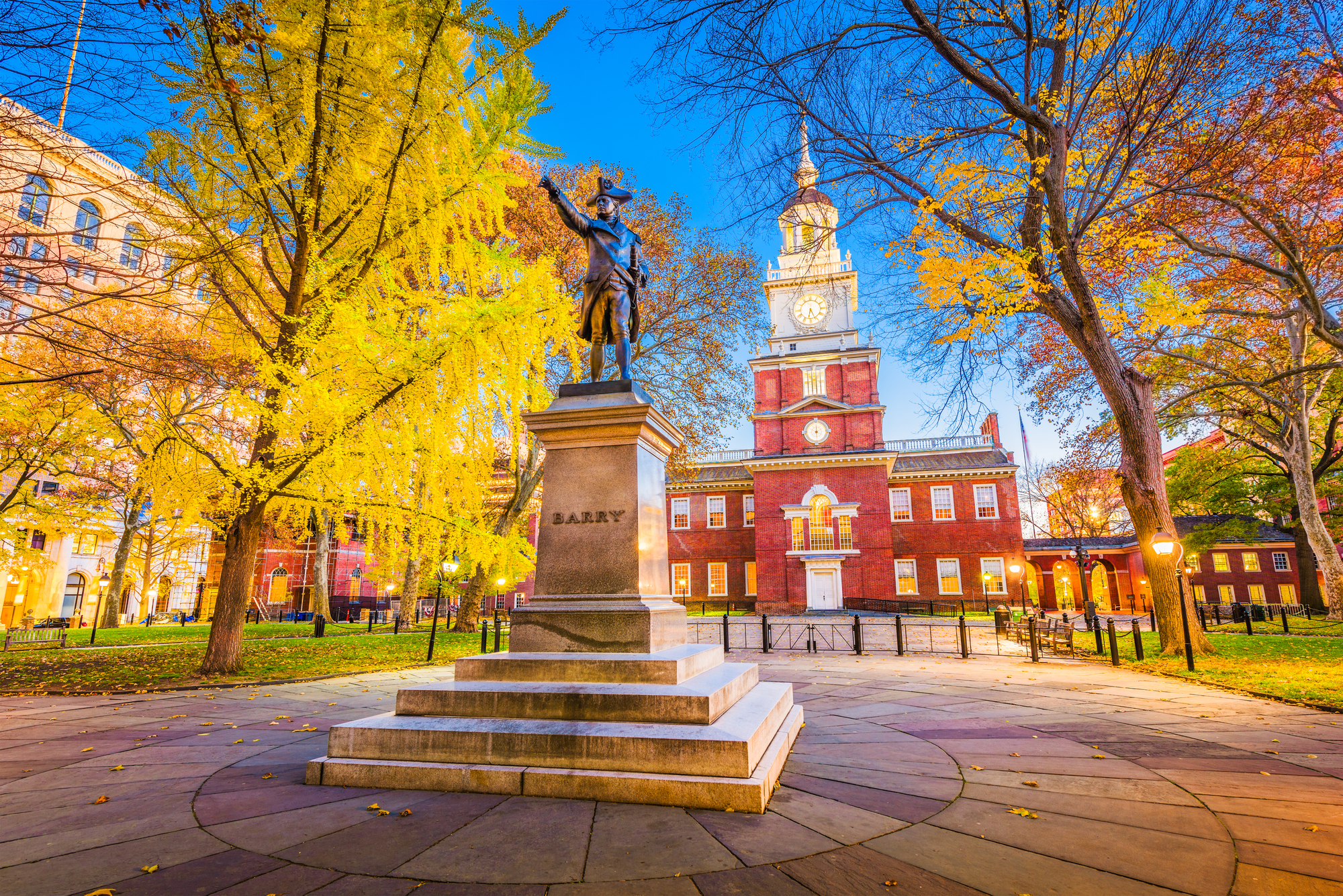
Philly soul defined sophisticated urban music with lush arrangements and socially conscious lyrics that soundtracked the 1970s. The city’s musical DNA combines working-class sensibilities with artistic ambition, creating breakthrough sounds in multiple eras.
Philadelphia’s musical impact extends from jazz innovators of the 1940s to the transformative Gamble and Huff productions of the 1970s and the city’s vital contributions to hip-hop culture.
New York City, New York
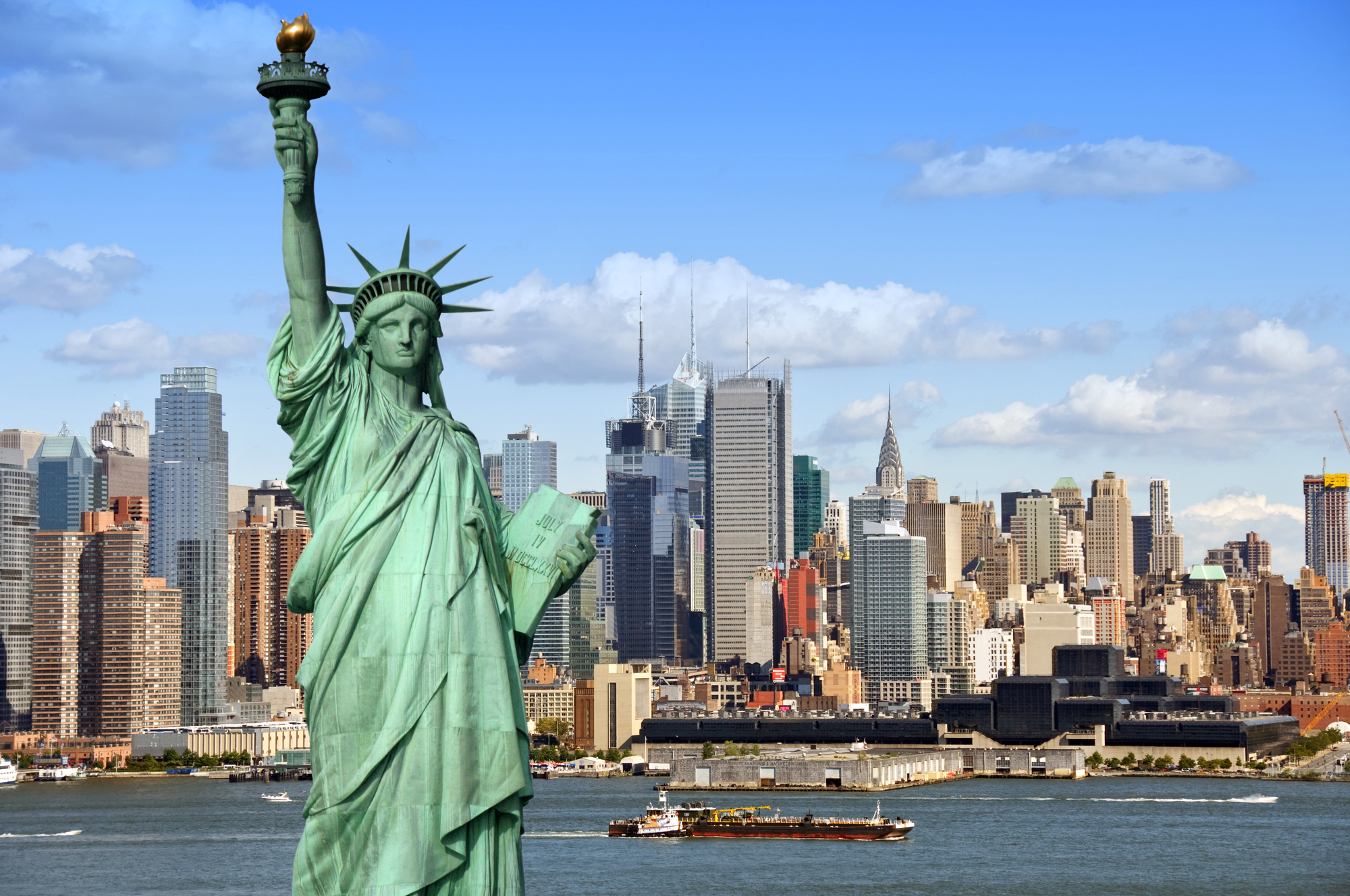
No American city contains more musical multitudes than New York, where virtually every genre has experienced revolutionary moments. From the Harlem Renaissance to punk rock at CBGB, from hip-hop’s birth in the Bronx to the downtown avant-garde scene, New York’s density creates constant creative friction.
The city’s subway cars and street corners double as performance spaces, meaning musical discovery awaits around every corner in a metropolis that never stops innovating.
Like Travel Pug’s content? Follow us on MSN.
Athens, Georgia
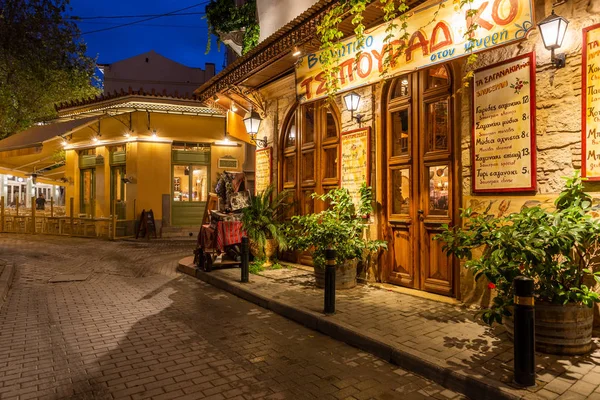
This college town punches far above its weight class, producing influential alternative bands that helped define American indie music. Athens combines Southern storytelling traditions with artistic experimentation, creating a uniquely accessible yet boundary-pushing sound.
The city’s walkable downtown keeps venues, record stores, and coffee shops in close proximity, fostering a collaborative environment where musicians regularly cross-pollinate ideas across projects.
San Francisco, California

The epicenter of the 1960s counterculture nurtured psychedelic rock that expanded minds and sonic possibilities alike. San Francisco’s combination of natural beauty, progressive politics, and cultural openness created perfect conditions for musical experimentation.
The city’s musical heritage extends from jazz in the Fillmore District to thrash metal in the Bay Area, demonstrating how its creative energy constantly reinvents itself across generations.
Portland, Oregon

The Pacific Northwest’s other musical powerhouse cultivates indie sounds characterized by literate lyrics and experimental structures. Portland’s affordability (relative to Seattle and San Francisco) attracted creative types who built a scene valuing artistic integrity over commercial prospects.
Coffee shop culture and rainy days provide perfect conditions for songwriting, while the city’s obsession with vintage equipment gives many recordings a warmly analog quality that counters digital sterility.
Like Travel Pug’s content? Follow us on MSN.
Atlanta, Georgia

As the undisputed capital of Southern hip-hop, Atlanta revolutionized the genre with distinctive production styles and entrepreneurial spirit. The city’s strip clubs serve as unconventional testing grounds for new tracks, with instant crowd reaction determining which songs might break nationally.
Atlanta producers pioneered trap music’s stuttering hi-hats and booming bass, creating a blueprint that influences global pop music far beyond rap’s boundaries.
Miami, Florida

Miami’s multicultural population created a musical melting pot where Latin rhythms fuse with electronic music innovations. The city’s nightclub culture spans from the cocaine-fueled excess of the 1980s to the international electronic music gathering of Winter Music Conference.
Miami bass defined the city’s sound in the late 1980s and early 1990s, influencing dance music worldwide with its high-energy rhythms and party-focused ethos.
Boston, Massachusetts

Home to prestigious music schools and scrappy punk clubs alike, Boston nurtures both technical virtuosity and raw expression. The city’s legendary folk scene launched the careers of artists like Joan Baez and Bob Dylan, while its hardcore punk movement influenced generations of aggressive music.
Academic institutions like Berklee College of Music attract global talent, creating a uniquely cosmopolitan scene in a city proud of its neighborhood boundaries.
Like Travel Pug’s content? Follow us on MSN.
Cleveland, Ohio

The city honored its musical contributions by establishing the Rock and Roll Hall of Fame on the shores of Lake Erie. Cleveland’s industrial heritage influenced its gritty rock scene, while legendary radio station WMMS broke countless artists nationally through its influential airplay.
The city’s affordability allowed musical experimentation without immediate commercial pressure, creating space for artistic development across multiple genres.
St. Louis, Missouri

Sitting at the gateway to the West, St. Louis played a crucial role in the development of blues, jazz, and rock and roll. The city’s position on the Mississippi River made it a cultural crossroads where musical traditions merged and evolved through constant exchange.
St. Louis natives Chuck Berry and Miles Davis transformed their respective genres, demonstrating the city’s outsized impact on American musical innovation despite its relatively modest size.
Muscle Shoals, Alabama
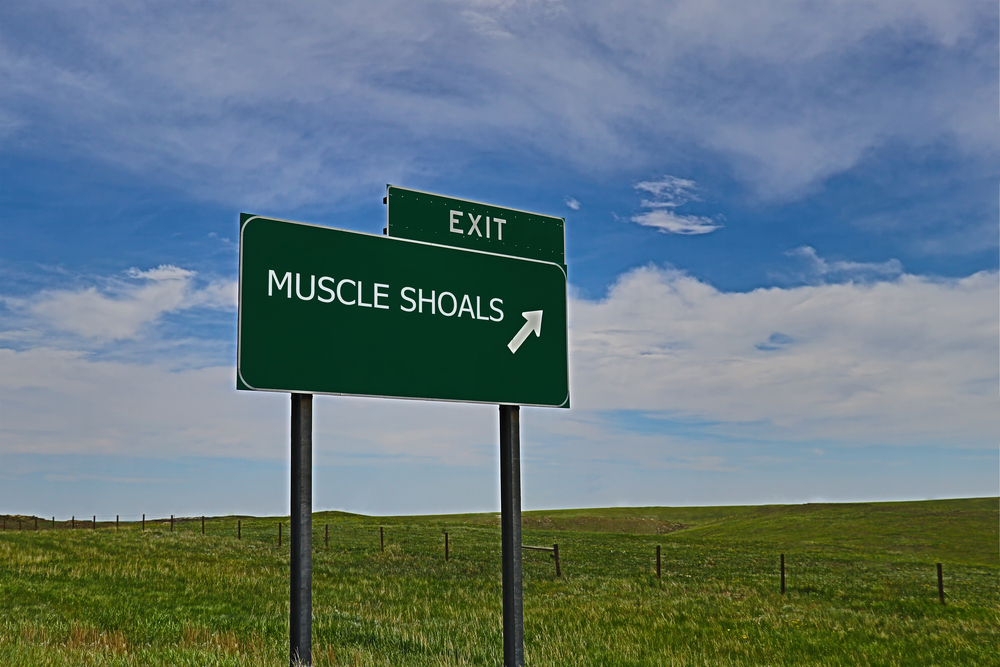
This tiny town housed recording studios where some of the most soulful American music ever recorded came to life. The famous ‘Muscle Shoals sound’ featured distinctive rhythm sections whose pocket grooves attracted artists from Aretha Franklin to the Rolling Stones.
The unlikely location—far from industry centers—created a musical environment where performance and feeling took precedence over commercial calculation.
Like Travel Pug’s content? Follow us on MSN.
The Enduring American Soundtrack
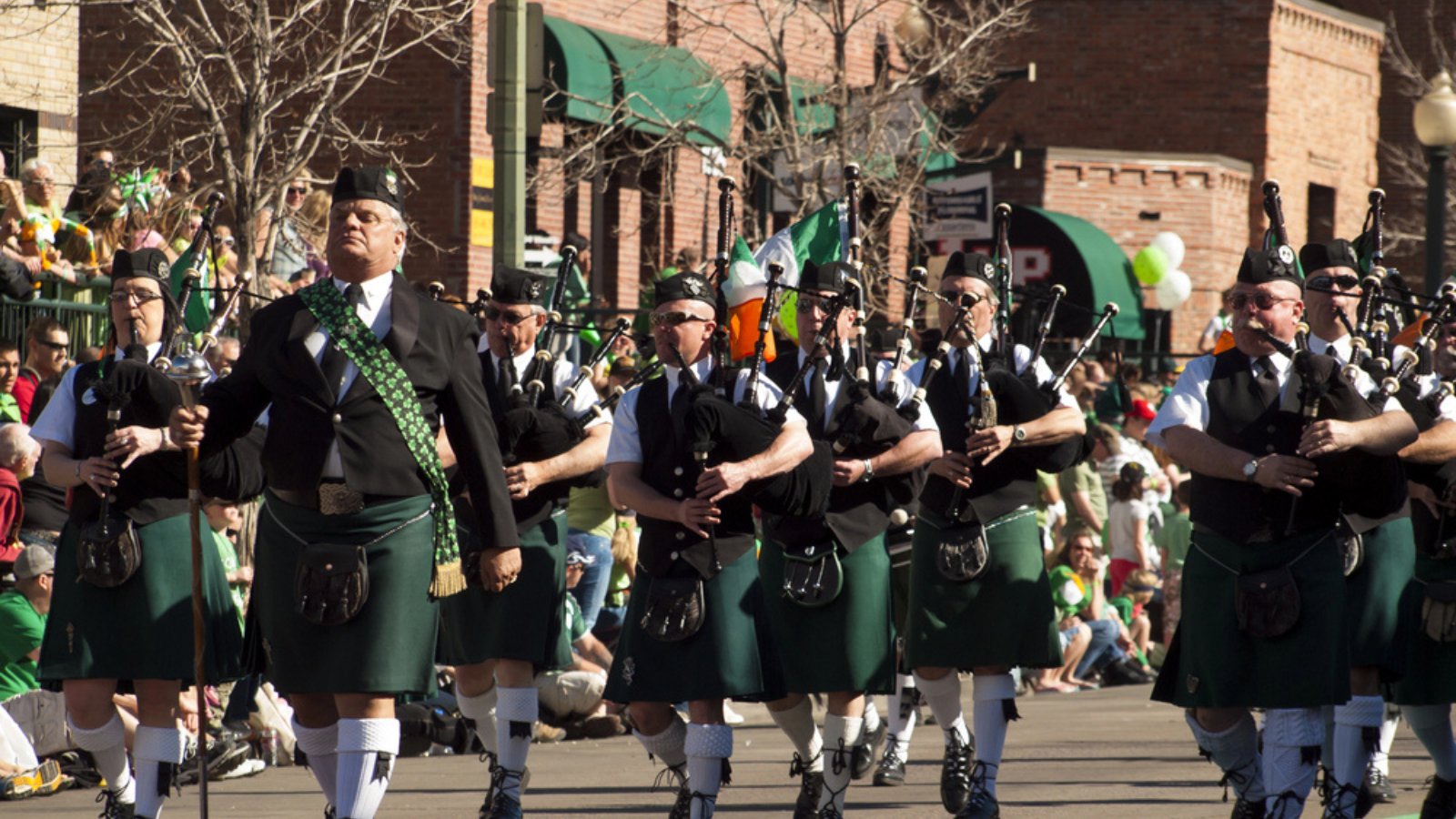
These musical cities demonstrate how America’s diverse geography, demographics, and cultural traditions created distinct sonic environments that continue evolving today. Each location contributed essential chapters to our national musical story, proving that creativity thrives in both major metropolises and unexpected small towns.
The next generation of groundbreaking sounds is already developing in these cities, ensuring that America’s musical innovation remains as diverse as its landscape.
More from Travel Pug

- Cities Growing so Fast You Won’t Recognize Them in 10 Years
- 13 Destinations Where Tourists Regularly Regret Their Trip
- 16 U.S. Cities That Are Quietly Becoming Travel Hotspots
- Where to Travel If You Love Long Bus Rides and Daydreams
- 20 Cities Perfect for Solo Travelers Who Crave Adventure & Culture
Like Travel Pug’s content? Follow us on MSN.
